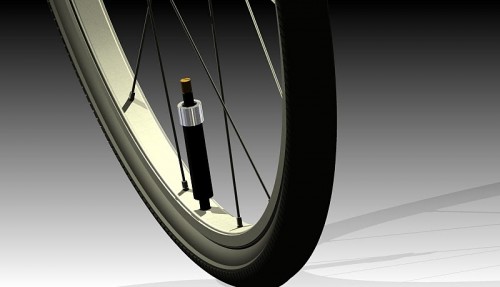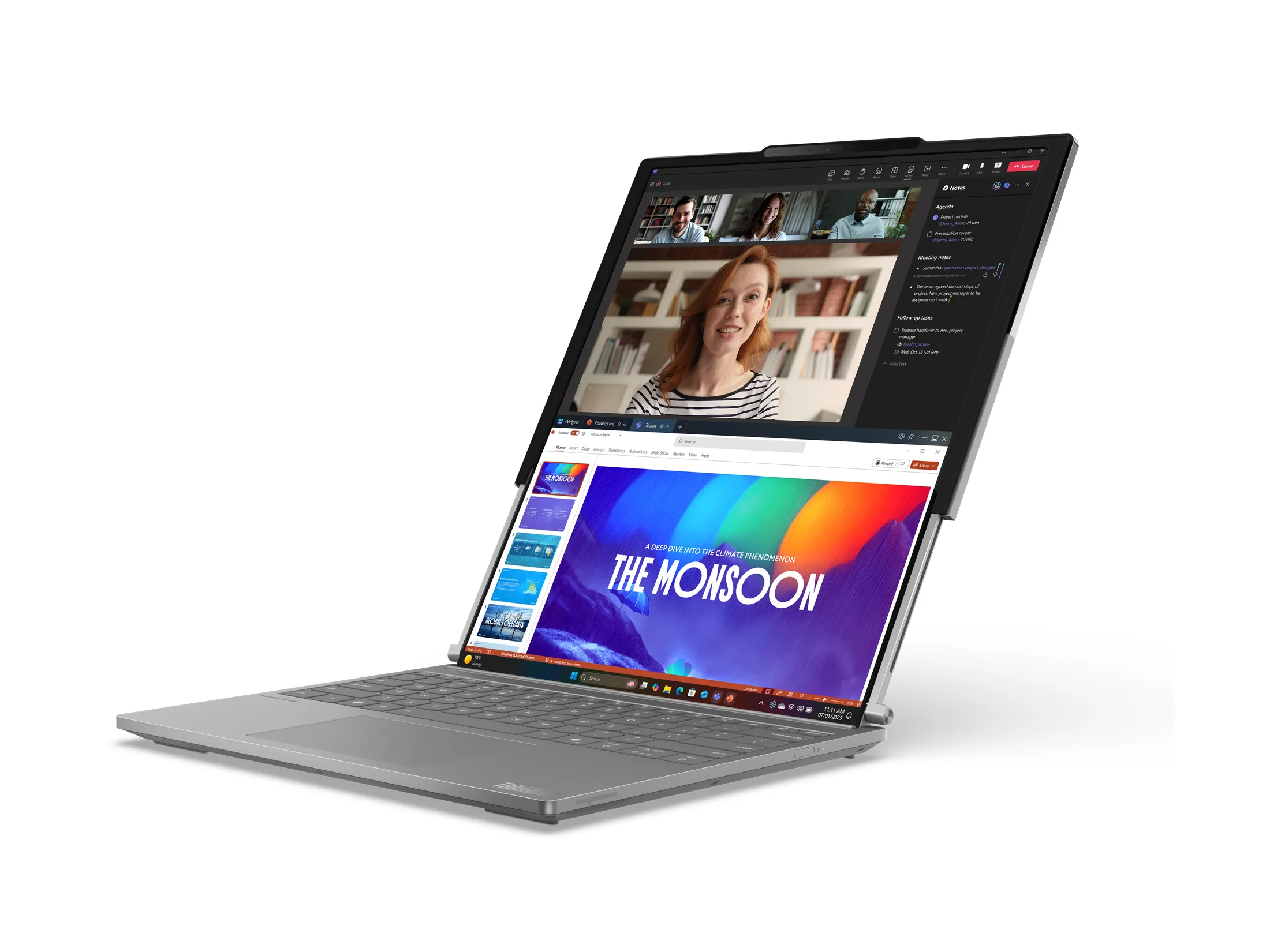
By David Ponce
With the advent of Kickstarter, a lot of previously unfeasible ideas(due to lack of capital) are now hitting the marketplace. Kickstarter is a distributed funding platform, and if a product gains enough momentum usually it can get reach its funding goals. Today we look at something that has only a rough prototype in the pipeline (call it a proof-of-concept device) but could have a lot of potential if funded: self-inflating bicycle tires made by a nascent company called Pumptire. This is my understanding of how they’d work. On the outer edge of the tire, there’s a hollow tube called a lumen. As you roll, this tube is compressed, like squeezing toothpaste out of a tube. Ahead of the point of contact with the ground, in the lumen, is compressed air which goes into the tire through a special valve. Behind the point of contact is a vacuum, which draws more air in through another part of this special valve. It is this valve which also senses when the correct inner pressure has been reached and stops drawing in more air. You’ll never need to “top-up” your tires with air again!
There are two versions planned: a casual cyclist version which will top out at 65psi and a Pro version which will be adjustable and be able to reach 100psi. If it makes it to market, target price will be $129 for the casual tire, and $149 for the Pro version.
Here are what I see as the potential hurdles. 1) If this valve, which you can see in the picture, is too heavy, it’ll throw off the balance of the wheel. 2) The collapsible lumen will eventually erode and make the whole system useless, possibly faster than a regular tire. 3) The project needs… wait for it… $250,000!! As of this writing, there’s $2,718 pledged, which is a little more than 1%. But here’s hoping that talking about it will do a little to help.
[ PumpTire Kickstarter ] AND [ Pumptire Website ]










